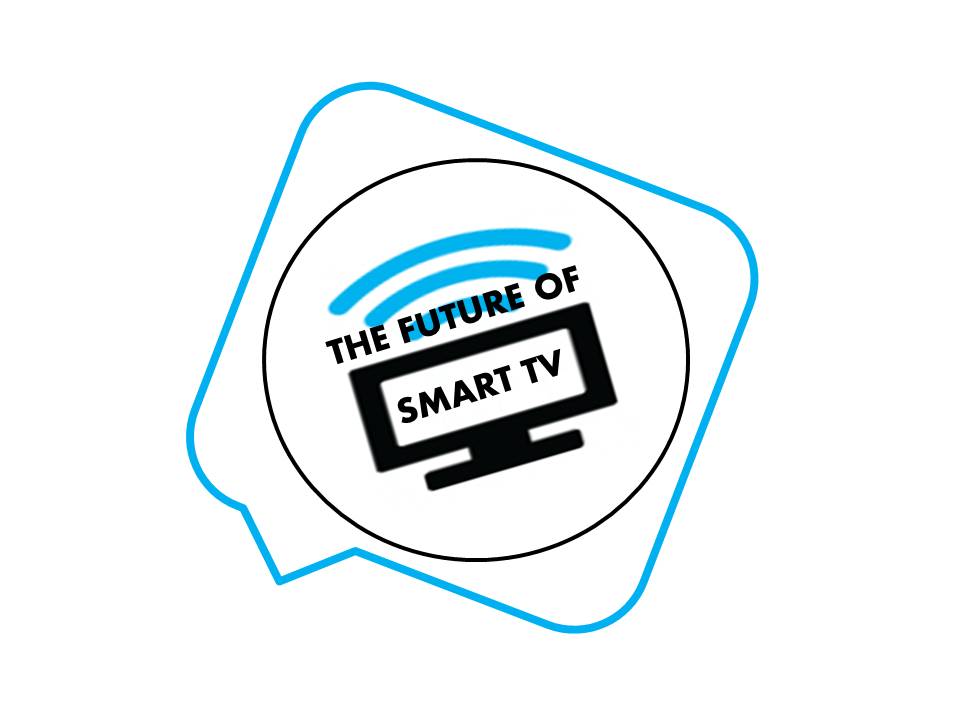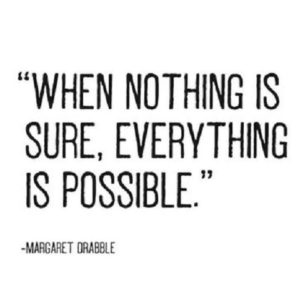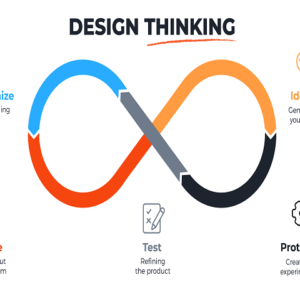A recent study suggested that the Internet enabled HDTV screen has so far mostly failed to break beyond its utility as a big screen displaying video content. Apart from receiving C&S TV Channels, nearly six out of ten consumers who own a connected HDTV are using the Internet connection to access Over-the-Top (OTT) video services – mostly You Tube video content. It is apparent that consumers want a variety of content tailored to their tastes on their TV. But will this screen also evolve to become a hub for applications beyond TV Channels and other Video Content Services? That’s the big question. Will it be able to evolve like the Smart Phone which we use more for other purposes than we use for speaking? Or how will the Smart Phone and the Smart TV collaborate with each other make the consumer experience even smarter?
Consider this: a 42 Inch 4K Ultra HD Smart LED TV controlled by a dedicated app on a Smart Phone. The app facilitates and enhances viewers’ experience while watching TV: finding a particular TV series or a news bulletin or a movie to watch, or seeing what his or her friends are watching, or browsing through his list of favourite channels’ EPG. It also offers the option of ‘content throwing’ allowing shows and programs to be transferred from a smart phone or a tablet to the big screen. This is the future of smart TV, or, to use the more current terminology, connected TVs. Very soon, we will find tablet and smart phone based electronic programming guides, customised for each one of us based on our content consumption behaviour. This will become an indispensable part of our TV watching experience and will completely change the way we watch television. Such apps with the additional ability to support voice commands and hand gestures will make us start wondering how we ever lived without it.
Going forward, we will see Smart TV manufacturing companies build their proprietary user interfaces into their Smart TV Units that will facilitate access to numerous OTT and linear Video Services. With such features built in our TV sets, there may actually be no need to rely on third-party media service providers? That’s another possibility. Only time will tell, how it eventually evolves.
From an advertiser’s stand point, connected TV will give them a tremendous opportunity to engage with consumers. They will be able to collect a lot more data about consumer behaviour based on what they watch, when they watch it and how they react. Once we have enabling broadband in place, internet TV will truly start to gather momentum.
The future of Smart TV is indeed fascinating. As the Internet of Things with its machine-to-machine (M2M) communication capability picks up, the smart TV could in reality end up becoming the central hub of the smart (connected) home.




